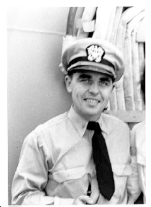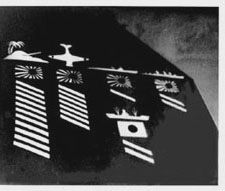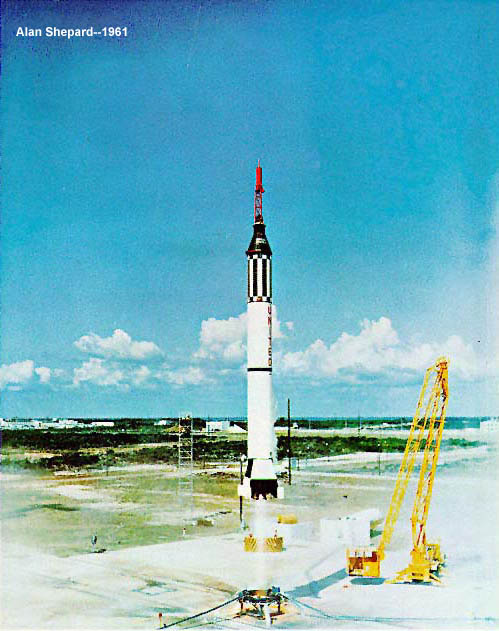

 |
 |
 |
 |
 |
 |
I completed my engineering degree at Vanderbilt in 1947 and started work for TVA substation design in Chattanooga. After two years, I went to the Army Engineer Office in Nashville in the hydroelectric design branch. I returned to active Navy duty during 1951-1952, aboard the destroyer USS Duncan and the battleship Iowa . In 1955, I transferred to the Army guided missile division in Huntsville to work for manufacturing quality control. The missile development organization was headed by Wernher Von Braun and became part of NASA in 1960.
As part of its "reentry test" vehicle program, ABMA launched a multi-stage missile on September 20 1956 that could have orbited the world's first satellite. JUPITER C RS-27 flew 3,355 miles, attained an altitude of 682 miles; and achieved a velocity of Mach 18, enough to have put its fourth stage into orbit if permission had been granted to do so. Having proved that it had the necessary capability, the Army continued to promote ABMA's ability to launch a satellite as a backup to the Navy's VANGUARD program, but was ordered to refrain from any efforts in this area. Soon after the Soviets had successfully launched two Earth satellites, SPUTNIK I and SPUTNIK II, in October and November 1957, the Secretary of Defense finally lifted the restrictions on the Von Braun team's participation in the U.S. space satellite program.
With the successful launch of EXPLORER I on 31 January 1958, the Army started an ambitious program which rapidly advanced U.S. interests and goals in space. The Army Ballistic Missile Agency, which became a subordinate element of the Army Ordnance Missile Command on March 31 1958, placed additional EXPLORER satellites into orbit on March 26 1958, July 26 1958, and October 13 1959. Also, on March 27 1958, the Secretary of Defense assigned ABMA the responsibility for launching two lunar probes.

I transferred to Kennedy Space Center in 1964 and retired from NASA in 1970,after the Apollo program was completed. Since then I have worked for private engineering consulting firms, studied Engineering Science at UTSI in Tullahoma, performed plans review at Metro Codes and the Tennessee Fire Marshal's Office and worked on electronic equipment repair and maintenance for the Cumberland Science Museum.
My hobbies and interests started with photography
in high school. My interests include electronics, travel, boating, phonograph
records and nonfiction books.
| Electronics-Computers | Hybrid Electric Vehicles |
| Travel-Swiss Railroads | The Mariner's Net |
| National Parks | Compact Disks-Music |
| Bookstore | |
